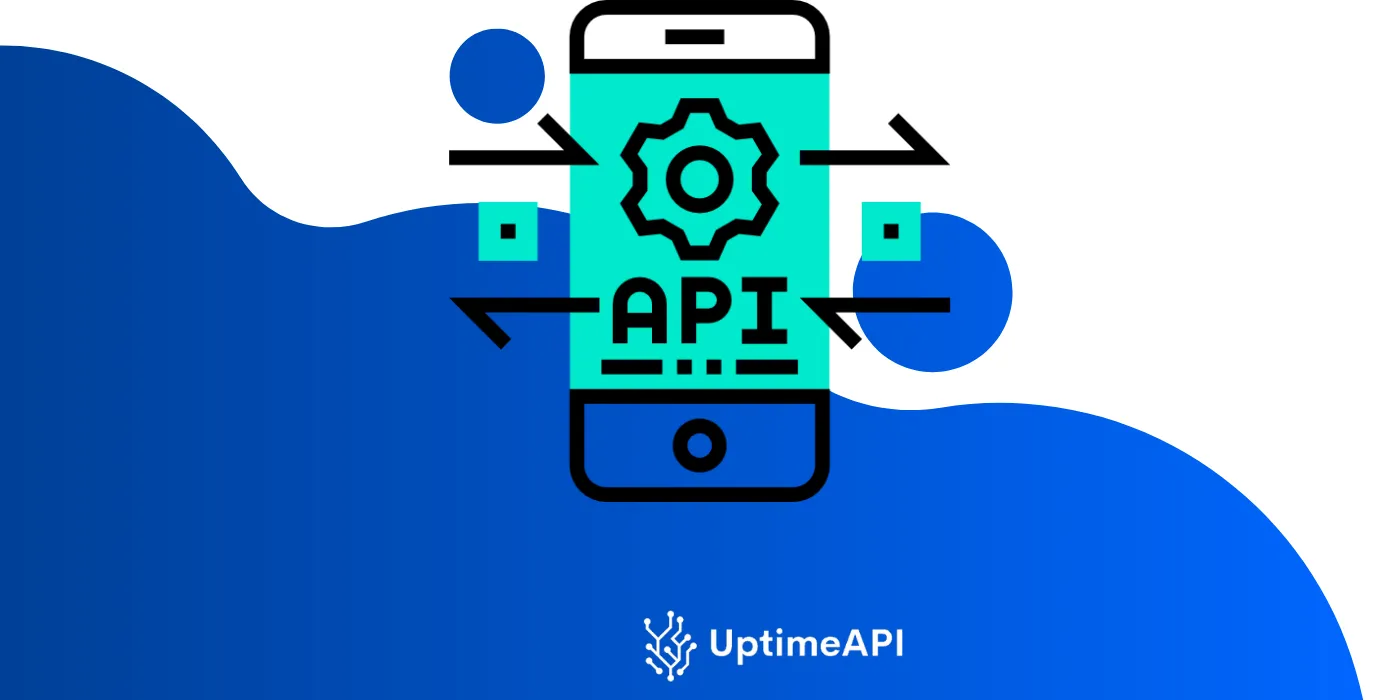REST API Monitoring Tool: Ultimate Guide For Developers

In today's digital age, where APIs (Application Programming Interfaces) serve as the backbone of modern software applications, ensuring their reliability and performance is paramount. Any disruptions or downtime in APIs can directly impact user experience and business operations. This is where a reliable REST API monitoring tool comes into play, such as Uptime API, designed to help developers monitor their APIs in seconds. In this ultimate guide for developers, we'll explore the key features, benefits, and best practices of using a REST API monitoring tool like Uptime API to ensure the seamless operation of your APIs.
Understanding the Importance of API Monitoring
API monitoring is crucial for developers to proactively detect and address issues that may impact the performance and availability of their APIs. By continuously monitoring APIs, developers can identify bottlenecks, errors, and performance degradation in real-time, allowing them to take corrective actions promptly. This helps maintain the reliability and stability of APIs, ultimately enhancing the overall user experience.
Key Features of a REST API Monitoring Tool
1. Real-time Monitoring:
A reliable REST API monitoring tool provides real-time monitoring capabilities, allowing developers to track the availability, performance, and health of their APIs in real-time. Real-time monitoring ensures timely detection of issues and enables quick resolution to minimize downtime and service disruptions.
2. Customizable Alerts and Notifications:
Developers can set up customizable alerts and notifications based on predefined thresholds for metrics such as response time, error rates, and uptime percentage. These alerts help developers stay informed about any deviations from the expected performance standards and take immediate action to address issues.
3. Global Monitoring Network:
A REST API monitoring tool with a global monitoring network enables developers to monitor API endpoints from diverse geographic locations worldwide. This helps identify regional variations in performance and ensures consistent API performance for users across different regions.
4. Historical Performance Data and Analytics:
Access to historical performance data and analytics allows developers to analyze past performance trends, track performance metrics over time, and identify patterns or anomalies. By leveraging historical data, developers can gain valuable insights into API performance and make informed decisions to optimize performance and scalability.
5. Integration with DevOps Tools:
Seamless integration with popular DevOps tools such as Jenkins, GitLab, and Slack streamlines the monitoring and management of APIs within the development and deployment pipelines. Integration with DevOps tools enables automation of monitoring tasks, collaboration across teams, and faster detection and resolution of issues.
Best Practices for Using a REST API Monitoring Tool
1. Define Monitoring Objectives and KPIs:
Start by defining clear monitoring objectives and key performance indicators (KPIs) that align with your business goals and user expectations. Identify metrics such as response time, uptime percentage, error rates, and throughput to track and measure the performance and health of your APIs effectively.
2. Set Up Proactive Alerts and Notifications:
Configure proactive alerts and notifications to receive real-time alerts about performance degradation, downtime, or unusual activity. Define alerting thresholds for critical metrics and ensure timely notification to take immediate action when issues arise.
3. Monitor API Endpoints from Multiple Locations:
Monitor API endpoints from diverse geographic locations to gain comprehensive insights into the availability and performance of your APIs. Monitoring from multiple locations helps identify regional variations in performance and ensures consistent API performance for users worldwide.
4. Conduct Regular Load Testing:
Regularly conduct load testing to evaluate the scalability and performance of your APIs under various traffic and workload conditions. Load testing helps identify performance bottlenecks, validate scalability capabilities, and optimize API performance for peak usage periods.
5. Analyze Historical Performance Data:
Analyze historical performance data to identify long-term trends, patterns, and anomalies in API performance. Leverage historical data to proactively identify potential issues, forecast future performance expectations, and implement preventive measures to ensure uninterrupted API operation.
6. Integrate Monitoring into DevOps Workflows:
Integrate API monitoring seamlessly into your existing DevOps workflows to automate monitoring tasks and streamline collaboration across development and operations teams. Integration with DevOps tools enables faster detection and resolution of issues, ultimately improving the reliability and stability of APIs.

Conclusion
In conclusion, a reliable REST API monitoring tool like Uptime API is indispensable for developers to ensure the reliability, availability, and performance of their APIs. By understanding the importance of API monitoring, leveraging key features such as real-time monitoring, customizable alerts, and global monitoring network, and following best practices such as defining monitoring objectives, conducting load testing, and integrating monitoring into DevOps workflows, developers can effectively monitor and manage their APIs to deliver seamless user experiences and drive business success. With the right tools and practices in place, developers can proactively detect and address issues, optimize API performance, and ensure the smooth operation of their APIs in today's dynamic digital landscape.